JAPAN'S RELEASE OF RADIOACTIVE WATER
입력 2021.04.14 (15:16)
수정 2021.04.14 (16:45)
읽어주기 기능은 크롬기반의
브라우저에서만 사용하실 수 있습니다.
[Anchor Lead]
There is no exact data on how long it'll take the contaminated water from the Japanese nuclear power plant to reach the seas off the Korean Peninsula and how serious its environmental impact will be. The Japanese government insists the water is safe. The Korean government is demanding the disclosure of accurate scientific information.
[Pkg]
This is the migration route of Cesium 137, a radioactive material, following the 2011 nuclear disaster in Fukushima. Some of it has been found to have flowed into the East Sea. Environmental groups warn that water from the Fukushima nuclear power plant could reach the East Sea within a year. Some say even small amounts of cesium can reach the sea off Jejudo Island in less than a month.
[Soundbite] Chang Ma-ri(Greenpeace) : "We don't know about all the seawater currents, which flow into the oceans around the world. If contaminated water is released, it will spread all across the globe."
Currently there is 1.25 million tons of contaminated water at the Fukushima nuclear power plant. Its amount grows by 140 tons daily. The water is believed to contain various radioactive materials including cesium, strontium and iodine above permissible levels. The Japanese government and the Tokyo Electric Power Company claim most of the radioactive substances will be below the maximum permissible levels when released into the ocean because the water will be filtered twice. They say tritium, which is not processed, will be dissolved in seawater to less than one-40th the permissible amount. However, environmental groups and scientists refuse to trust the Japanese government and TEPCO, as they have either belatedly admitted contamination or changed their statements multiple times.
[Soundbite] Suh Kune-yull(Prof., Seoul Nat’l Univ.) : "The existence of tritium means there is deuterium as well. Deuterium is a chemical poison. Not to mention plutonium. It's also in there. The more you dig into it, the more comes out."
Activists and experts demand the Japanese government disclose transparent information about its plans to release radioactive water. They point out that the Korean government should also carry out its own scientific study into the matter.
There is no exact data on how long it'll take the contaminated water from the Japanese nuclear power plant to reach the seas off the Korean Peninsula and how serious its environmental impact will be. The Japanese government insists the water is safe. The Korean government is demanding the disclosure of accurate scientific information.
[Pkg]
This is the migration route of Cesium 137, a radioactive material, following the 2011 nuclear disaster in Fukushima. Some of it has been found to have flowed into the East Sea. Environmental groups warn that water from the Fukushima nuclear power plant could reach the East Sea within a year. Some say even small amounts of cesium can reach the sea off Jejudo Island in less than a month.
[Soundbite] Chang Ma-ri(Greenpeace) : "We don't know about all the seawater currents, which flow into the oceans around the world. If contaminated water is released, it will spread all across the globe."
Currently there is 1.25 million tons of contaminated water at the Fukushima nuclear power plant. Its amount grows by 140 tons daily. The water is believed to contain various radioactive materials including cesium, strontium and iodine above permissible levels. The Japanese government and the Tokyo Electric Power Company claim most of the radioactive substances will be below the maximum permissible levels when released into the ocean because the water will be filtered twice. They say tritium, which is not processed, will be dissolved in seawater to less than one-40th the permissible amount. However, environmental groups and scientists refuse to trust the Japanese government and TEPCO, as they have either belatedly admitted contamination or changed their statements multiple times.
[Soundbite] Suh Kune-yull(Prof., Seoul Nat’l Univ.) : "The existence of tritium means there is deuterium as well. Deuterium is a chemical poison. Not to mention plutonium. It's also in there. The more you dig into it, the more comes out."
Activists and experts demand the Japanese government disclose transparent information about its plans to release radioactive water. They point out that the Korean government should also carry out its own scientific study into the matter.
■ 제보하기
▷ 카카오톡 : 'KBS제보' 검색, 채널 추가
▷ 전화 : 02-781-1234, 4444
▷ 이메일 : kbs1234@kbs.co.kr
▷ 유튜브, 네이버, 카카오에서도 KBS뉴스를 구독해주세요!
- JAPAN'S RELEASE OF RADIOACTIVE WATER
-
- 입력 2021-04-14 15:16:50
- 수정2021-04-14 16:45:29
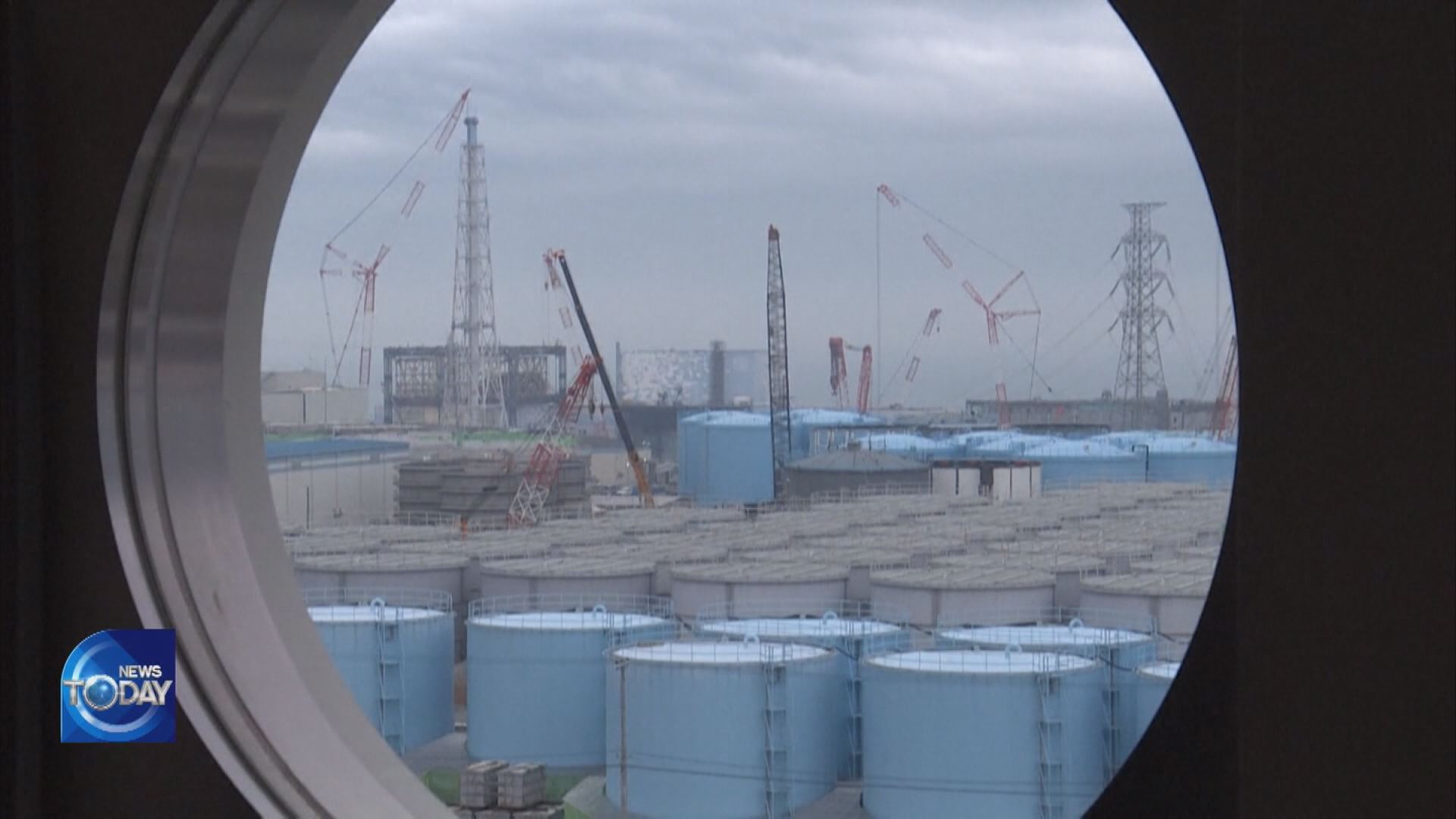
[Anchor Lead]
There is no exact data on how long it'll take the contaminated water from the Japanese nuclear power plant to reach the seas off the Korean Peninsula and how serious its environmental impact will be. The Japanese government insists the water is safe. The Korean government is demanding the disclosure of accurate scientific information.
[Pkg]
This is the migration route of Cesium 137, a radioactive material, following the 2011 nuclear disaster in Fukushima. Some of it has been found to have flowed into the East Sea. Environmental groups warn that water from the Fukushima nuclear power plant could reach the East Sea within a year. Some say even small amounts of cesium can reach the sea off Jejudo Island in less than a month.
[Soundbite] Chang Ma-ri(Greenpeace) : "We don't know about all the seawater currents, which flow into the oceans around the world. If contaminated water is released, it will spread all across the globe."
Currently there is 1.25 million tons of contaminated water at the Fukushima nuclear power plant. Its amount grows by 140 tons daily. The water is believed to contain various radioactive materials including cesium, strontium and iodine above permissible levels. The Japanese government and the Tokyo Electric Power Company claim most of the radioactive substances will be below the maximum permissible levels when released into the ocean because the water will be filtered twice. They say tritium, which is not processed, will be dissolved in seawater to less than one-40th the permissible amount. However, environmental groups and scientists refuse to trust the Japanese government and TEPCO, as they have either belatedly admitted contamination or changed their statements multiple times.
[Soundbite] Suh Kune-yull(Prof., Seoul Nat’l Univ.) : "The existence of tritium means there is deuterium as well. Deuterium is a chemical poison. Not to mention plutonium. It's also in there. The more you dig into it, the more comes out."
Activists and experts demand the Japanese government disclose transparent information about its plans to release radioactive water. They point out that the Korean government should also carry out its own scientific study into the matter.
There is no exact data on how long it'll take the contaminated water from the Japanese nuclear power plant to reach the seas off the Korean Peninsula and how serious its environmental impact will be. The Japanese government insists the water is safe. The Korean government is demanding the disclosure of accurate scientific information.
[Pkg]
This is the migration route of Cesium 137, a radioactive material, following the 2011 nuclear disaster in Fukushima. Some of it has been found to have flowed into the East Sea. Environmental groups warn that water from the Fukushima nuclear power plant could reach the East Sea within a year. Some say even small amounts of cesium can reach the sea off Jejudo Island in less than a month.
[Soundbite] Chang Ma-ri(Greenpeace) : "We don't know about all the seawater currents, which flow into the oceans around the world. If contaminated water is released, it will spread all across the globe."
Currently there is 1.25 million tons of contaminated water at the Fukushima nuclear power plant. Its amount grows by 140 tons daily. The water is believed to contain various radioactive materials including cesium, strontium and iodine above permissible levels. The Japanese government and the Tokyo Electric Power Company claim most of the radioactive substances will be below the maximum permissible levels when released into the ocean because the water will be filtered twice. They say tritium, which is not processed, will be dissolved in seawater to less than one-40th the permissible amount. However, environmental groups and scientists refuse to trust the Japanese government and TEPCO, as they have either belatedly admitted contamination or changed their statements multiple times.
[Soundbite] Suh Kune-yull(Prof., Seoul Nat’l Univ.) : "The existence of tritium means there is deuterium as well. Deuterium is a chemical poison. Not to mention plutonium. It's also in there. The more you dig into it, the more comes out."
Activists and experts demand the Japanese government disclose transparent information about its plans to release radioactive water. They point out that the Korean government should also carry out its own scientific study into the matter.
이 기사가 좋으셨다면
-
좋아요
0
-
응원해요
0
-
후속 원해요
0










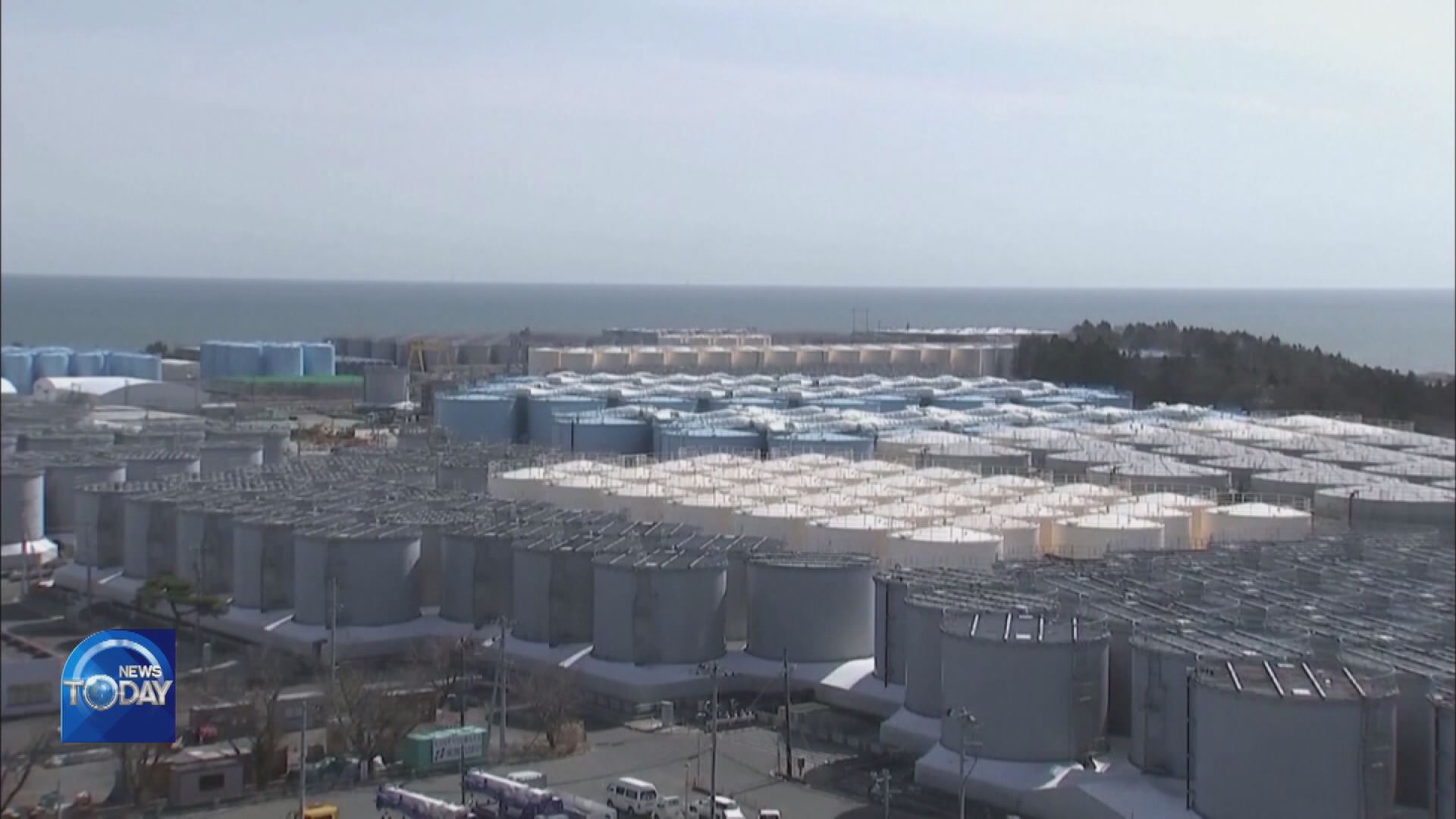

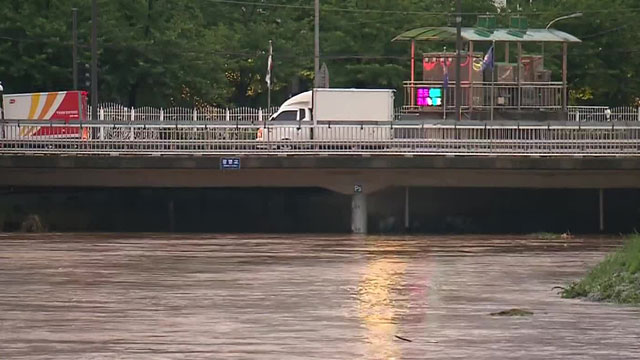
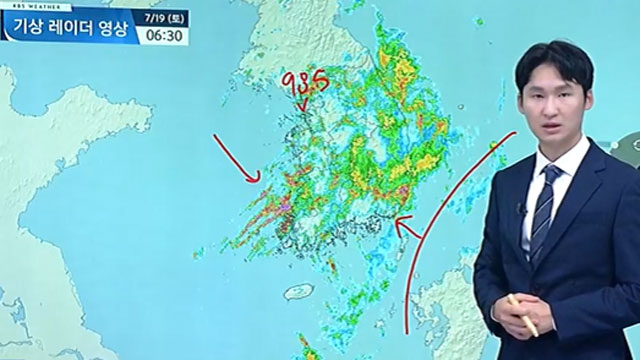
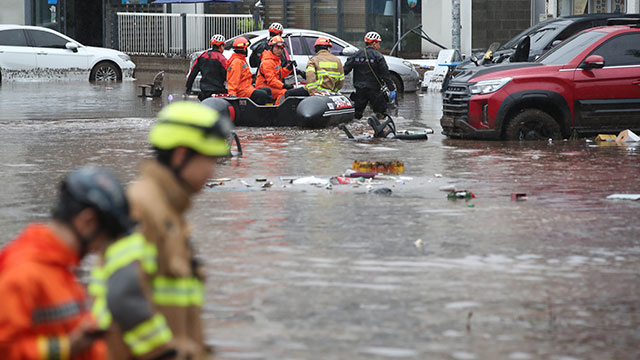
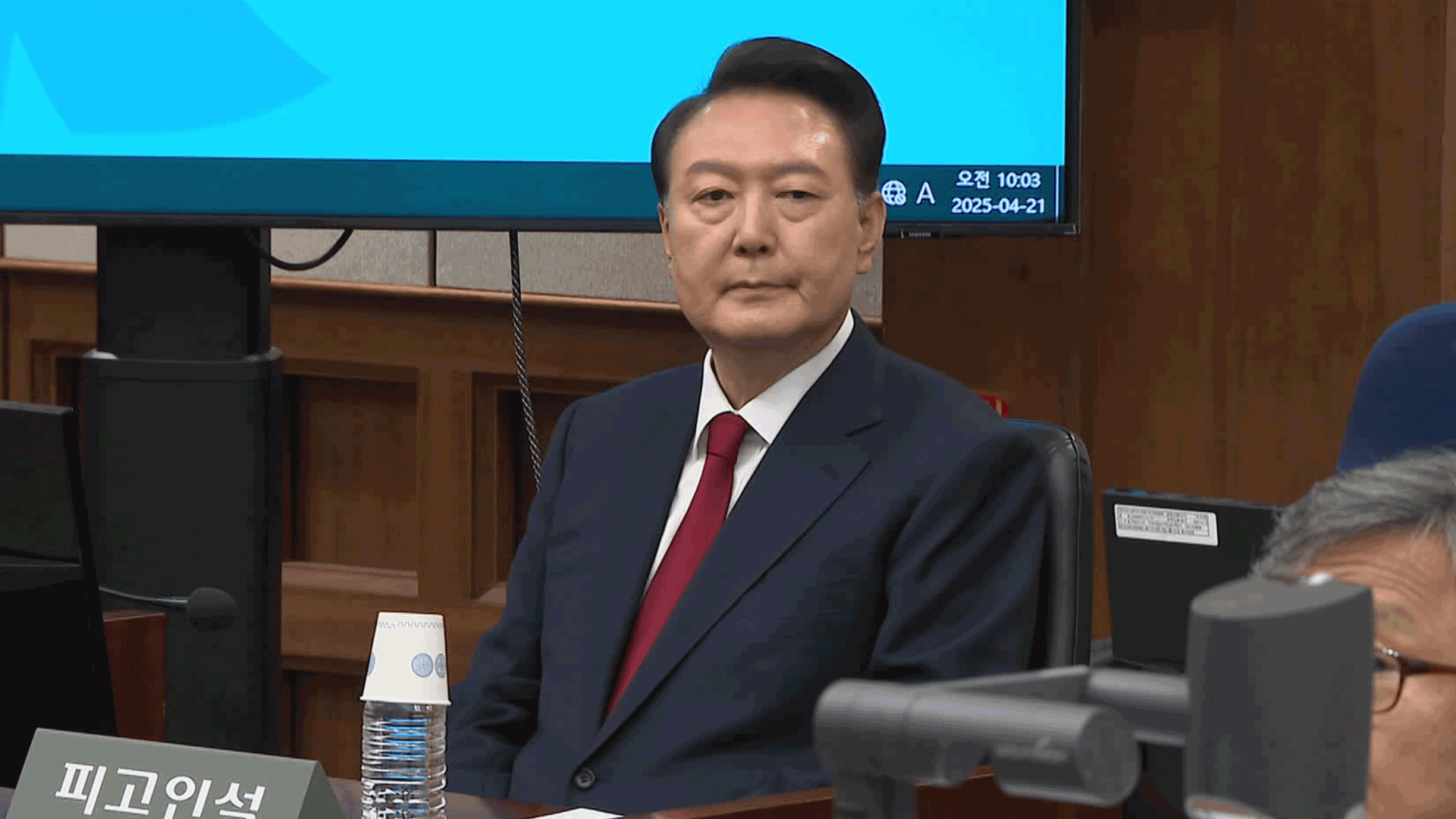

이 기사에 대한 의견을 남겨주세요.